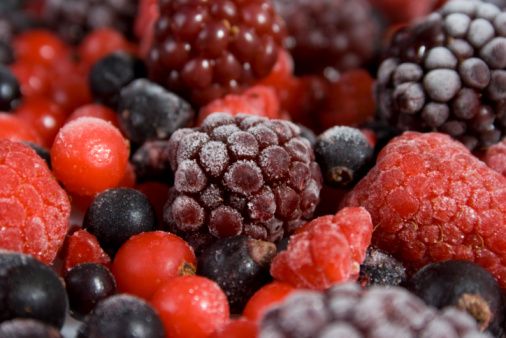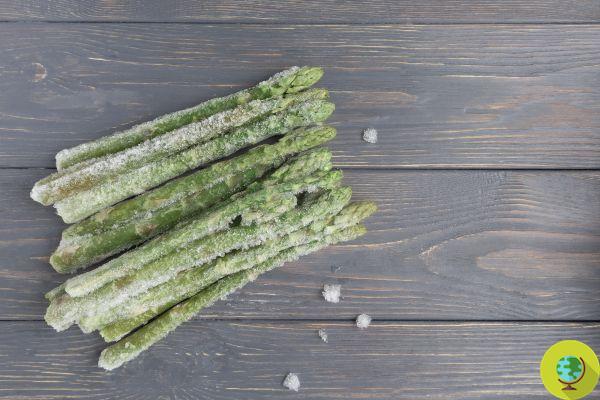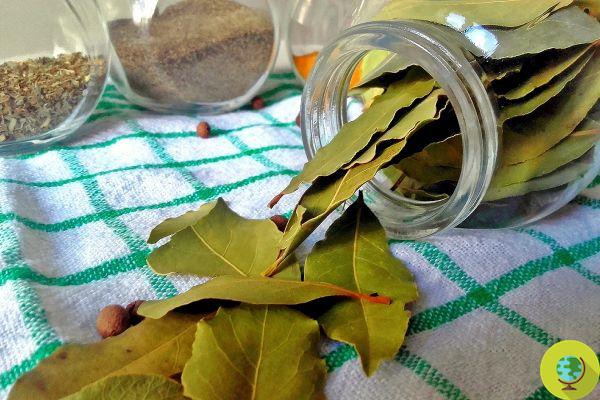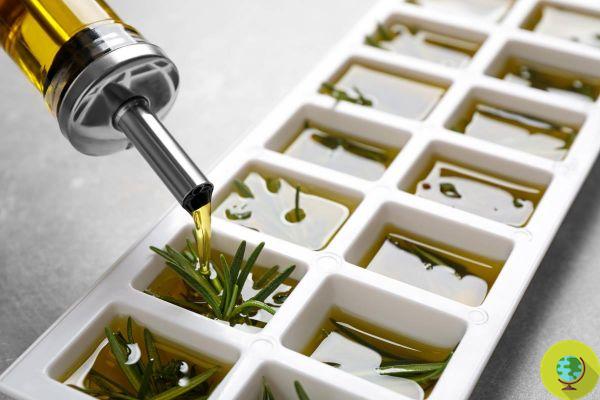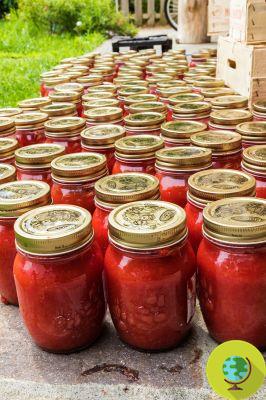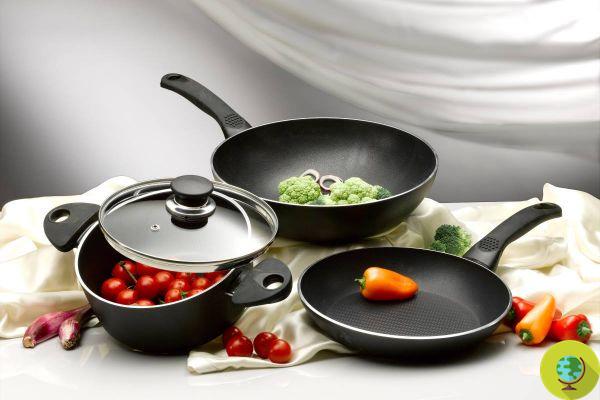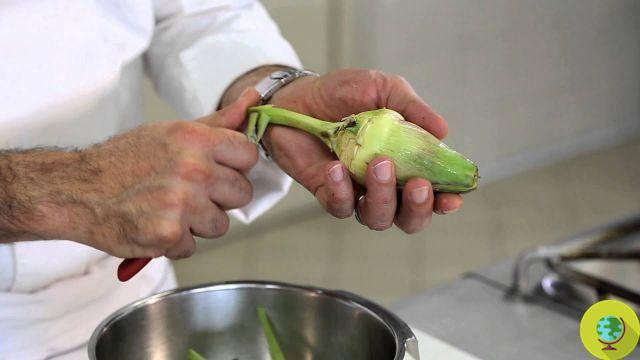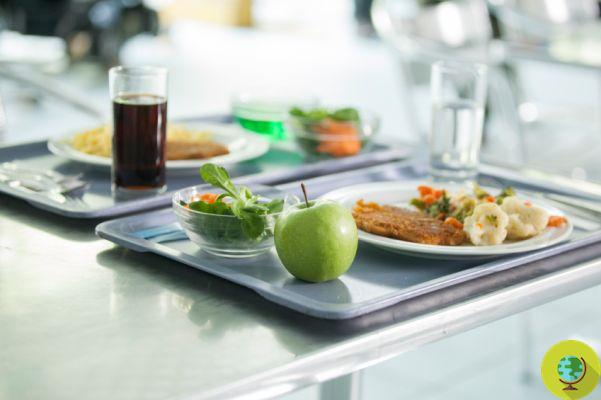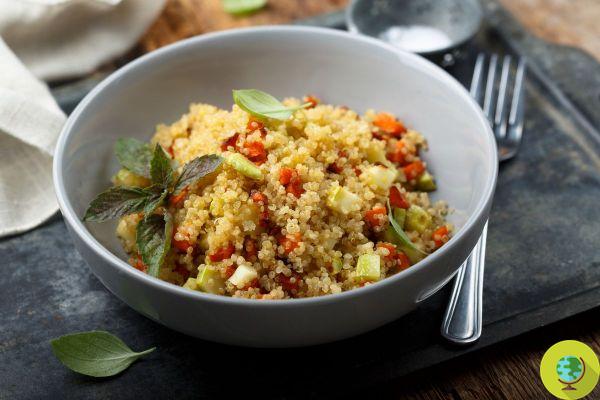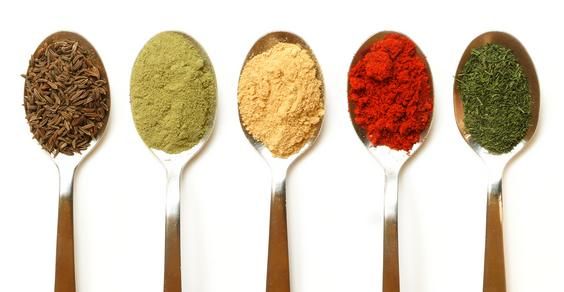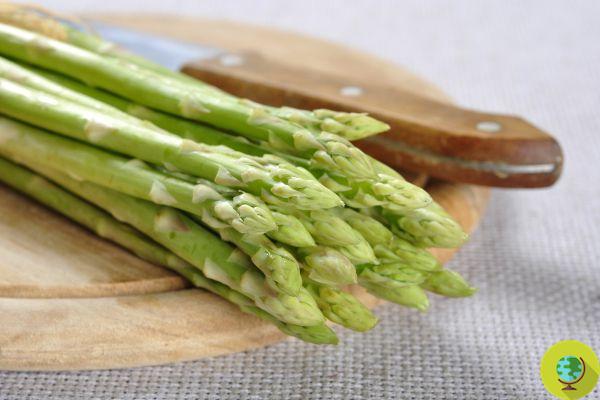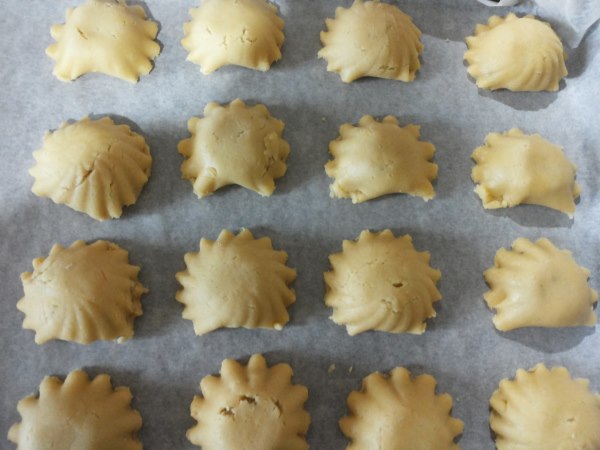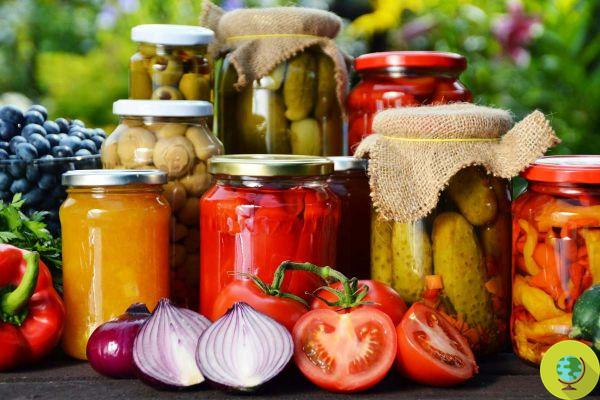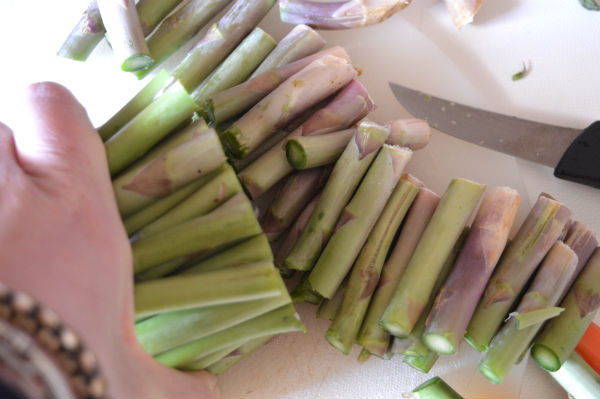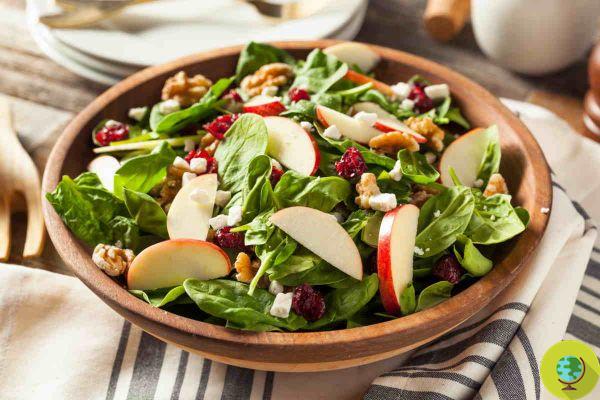
How to prepare really tasty, rich and healthy salads? Here are some useful tips and mistakes to avoid to get the perfect salad.
He is about to end up run over, his mother saves himLe salads they are the queens of summer, but they are excellent all year round. They are a fresh and very quick dish to prepare, which you can enrich with different ingredients according to your tastes and seasons to always vary your dishes. How prepare some really tasty salads, rich and healthy? Here are some useful tips and the most common mistakes to avoid to get the perfect salad.
Here are all the mistakes to avoid
Index
Rinse the salad quickly
Some people simply rinse the salad leaves under running tap water, with the risk of not removing any earth residues well. Especially if it is a salad picked directly from the garden, it is better to wash it more carefully, perhaps briefly immersing it in a bowl of water. Always check the purchased salad well before starting the preparation.
Don't dry the leaves well
There is nothing not as tasty as a salad that's all wet and clammy. Dry the lettuce leaves and any other vegetables chosen, perhaps using them the salad spinner. If you do not have this precious tool in the kitchen, try this trick: take a plastic bag with paper napkins inside, throw the green leaves, tie the bag, take it by the handles and let it do a couple of nice turns in the air so that the napkins present absorb excess water. The advice is valid both for salads to be enjoyed at the moment, and for the leaves that you will keep in the refrigerator. If they are dry, they will remain intact longer. A well-dried salad allows you to obtain a more crunchy and tastier dish. It will also be easier to season it.
Excess with salt
Salads are healthy dishes that allow you to enrich your diet with seasonal vegetables as raw and intact as possible from a nutritional point of view. But add it to your salads excess kitchen salt certainly not good for the body. Rather, it is better to use whole sea salt or pink Himalayan salt, or gomasio. You can also flavor your salad with the other condiments - oil, citrus juice, pepper, spices - before deciding how much salt to add. Taste and adjust accordingly.
Stir with too much energy
Try to don't mix your salads too energetically. The dish should be presented with a light and inviting aspect, even if it contains vegetables and creamy sauces. So you could try pouring the condiments on the sides of the bowl and then add the salad and mix very gently, using cutlery and light utensils to distribute everything evenly.
Combine the ingredients all together
Don't pour the ingredients all together in your salad bowl. Try to distribute them little by little, as some - such as nuts, seeds, peas, chickpeas and tomatoes - tend to accumulate towards the bottom. So maybe add some of the heavier ingredients only at the last moment, before serving. Finally, after mixing the salad with the dressing, add the aromatic herbs, such as basil leaves or fresh parsley.
Useful tips for tastier salads
Add the sprouts
If you want to enrich your salads with live foods choose the shoots, which you can prepare at home with or without the sprouter. For the smallest sprouts, in fact, a simple glass jar is enough. You can choose from watercress sprouts, millet, amaranth, alfalfa, mustard, mung beans, azuki beans, chickpeas, lentils and much more.
Also Read: 10 Ideas For Growing Sprouts Without Buying A Sprouter
Use dark green leafy vegetables
How many dark green leafy vegetables do we consume every day? Probably very few. So then the preparation of salads becomes an important moment to enrich your diet with some neglected foods, but really rich in vitamins and minerals that are precious for health, substances that remain intact in the raw state. Then green light to all more vegetables rich in chlorophyll, which you will recognize by the dark and bright color of the leaves: rocket salad, songino (valerianella), endive, dandelion leaves, kale (or long-leaved cabbage), spinach, radicchio, lettuce and chicory.
Dress with extra virgin olive oil
The best dressing we have available for our salads is. But if you want to enrich your salad dishes with good and useful fats for our body to have Omega 3 available, also use linseed oil and sesame oil, always organic and cold pressed.
READ also: Which oil for which salad?
Season with lemon juice
One of the most classic salad dressings is an emulsion obtained by vigorously mixing extra virgin olive oil and lemon juice in equal parts. Freshly squeezed lemon juice is very valuable to add to your salads, as it contains vitamin C and helps the body to better absorb iron contained in plants.
Add whole grains and legumes
Those who want to prepare a hearty salad, perhaps to be enjoyed as a single dish, can enrich it with some Whole grains and / or with gods boiled legumes. Remember to prefer organic grains and to vary the choice a lot. So not just rice or wheat, but also organic corn, spelled, oats and barley.
Add the seeds of health
Homemade salads are an excellent opportunity to enrich our diet of the many beneficial seeds for health. You can add chopped flax seeds to your salads, but also pumpkin seeds, poppy seeds, chia seeds, hemp seeds and the excellent sunflower seeds. The important thing is to choose unsalted and possibly unsalted seeds as much as possible.
Read also: Seeds of health: 10 easy ways to introduce them into our daily diet
Balance flavors and textures
Always try to balance the flavors and textures of your salads well, even with regards to dressings. For example, for some creamy but still healthy salads, you can use pureed avocado pulp, almond cream or sesame cream to enrich them in place of the salad sauces commonly sold. Give your salad too a crunchy touch, for example by adding dried fruit, such as pistachios, walnuts and pine nuts.
Use seasonal vegetables
When preparing your salads, try to respect as much as possible the seasonality of ingredients and wherever possible choose locally sourced products. In this way your diet will follow the rhythm of the seasons and, above all, you will not get bored because from one month to the next your salads will always be different.
Make room for edible flowers
Salads are the perfect dish to make room for edible flowers. The most common that you can find in your garden during the summer are courgette flowers, which you can easily combine raw to your salads. Other edible flowers are marigold, primroses, marigolds, nasturtium, pansy, begonia, chamomile, roses, carnations, geraniums and lilacs-
Read also: 10 flowers you didn't know could be eaten
Add some fruit
The choice of add some fruit your salads can depend a lot on personal tastes. But you can experiment with more delicate dishes. For example, in autumn and winter you can enrich them with pomegranate grains and orange juice, which go well with radicchio and red cabbage. In the summer, try adding a few blueberries to the lettuce, carrot and cucumber salad. While all year round try to enrich your salads with a few slices of apple.
Read also:
- 10 purifying salads
Cereal salads: 10 recipes for all tastes - Salads in a jar: 10 recipes to prepare them at home
- Salad in a bag, everything you should know if you buy it (and why you should avoid it)
- Everyone is crazy about poke salads, but few know the risks of those with tuna or salmon




